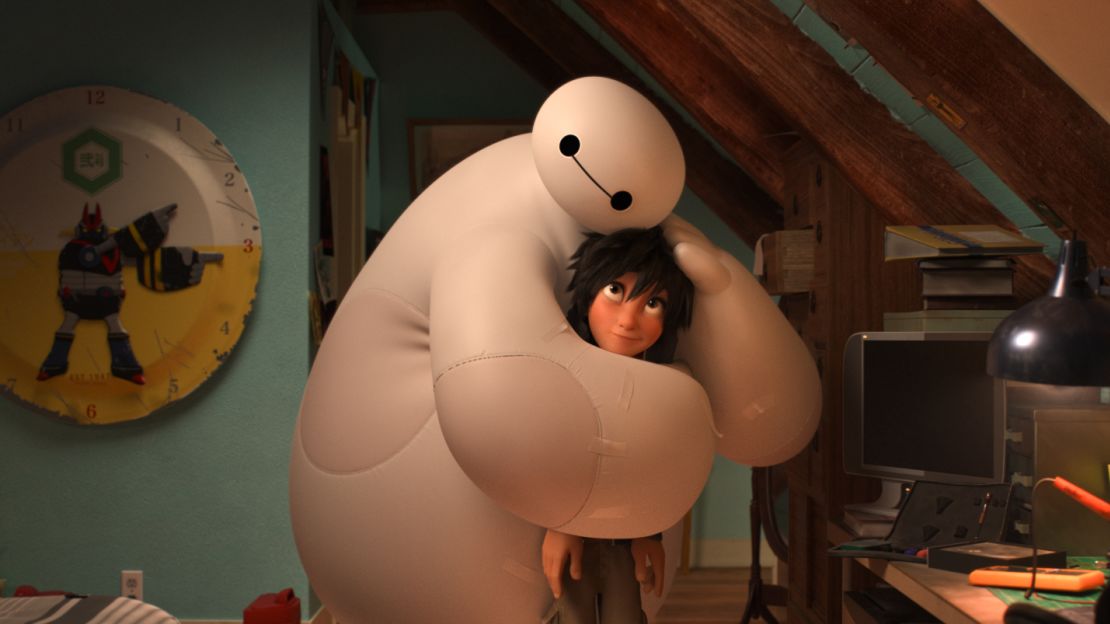Story highlights
Robots will help elderly Singaporeans stay fit
Aging societies increasingly turning to robots for help
Asian populations are among the world's oldest
Elderly people in Singapore may soon be at the cutting edge of exercise, as a government program rolls out “RoboCoaches” to senior activity centers across the city state.
The robotic instructors lead fitness classes, demonstrate exercises, and offer encouragement.
“RoboCoach offers personalized exercise routines that are more enjoyable for the seniors,” Yaacob Ibrahim, Singapore’s minister for communications and information, said in a speech introducing the technology.
“At the same time, it is able to ensure that seniors perform the exercise routines correctly so as to get maximum benefit from their workouts.”
Two screens offer smiles and instructions
RoboCoach was deployed to its first senior activity center earlier this month, with plans for it to be in 25 venues by the end of the year.
The robot was developed by the Electrical Engineering department of Ngee Ann Polytechnic in Singapore, and has “a rosy red face, blue eyes and two teeth, and mimics human movements,” according to its creators.
One screen on the robot’s head acts as a smiling face, offering encouragement and support, while another on its chest displays detailed instructions on how to perform each activity.
The technology is part of Singapore’s Smart Nation scheme, which aims to harness technology to improve communication, efficiency and infrastructure in the city. One stated goal of the scheme is to “enable the elderly to lead more independent, fulfilling lives” through technology.
Aging Asian societies
Singapore is Asia’s third most rapidly aging population, behind Japan and South Korea. According to the government, by 2030, the number of elderly retirees will triple to more than 900,000, and the median age will rise to 47, up from 39 in 2011.
By 2030, there will only be 2.1 working-age citizens for every retiree, compared to 4.8 today, and 13.5 in 1970.
Robots have long been seen as a potential solution for aging societies. Scientists in the Japanese city of Nagoya have been developing Robear – a giant, ursine-faced automaton that uses giant arms and artificial intelligence to care for elderly and disabled patients.
Robear, which has been in development since 2006, is perhaps the most advanced of the caring robots.
Others include Paro – a cuddly, touch-reactive electronic harp seal designed to amuse and comfort dementia patients and the Encore Smart, a smart walker that aims to replace wheelchairs.
Babyloid – a therapeutic robot that aims to fight depression among elderly people – has a small range of expressions and is even programmed to cry.
Pepper, a humanoid robot able to carry a conversation and “understand your emotions”, according to creator SoftBank, has proven so popular that the Japanese internet firm said it sold out of the first run of the robots, which will begin shipping worldwide next month.
Feedback from seniors and healthcare professionals has been positive. Far from the dystopian idea of robots stealing human jobs, the technology currently in development is often filling an otherwise empty niche, especially the devices that offer companionship and comfort to lonely seniors.
The technology has also entered pop culture. The 2014 animated movie “Big Hero 6” features a healthcare-robot-turned-superhero called Baymax, which possesses artificial intelligence capable of diagnosing and prescribing treatment, and an inflatable-cuddy body.












